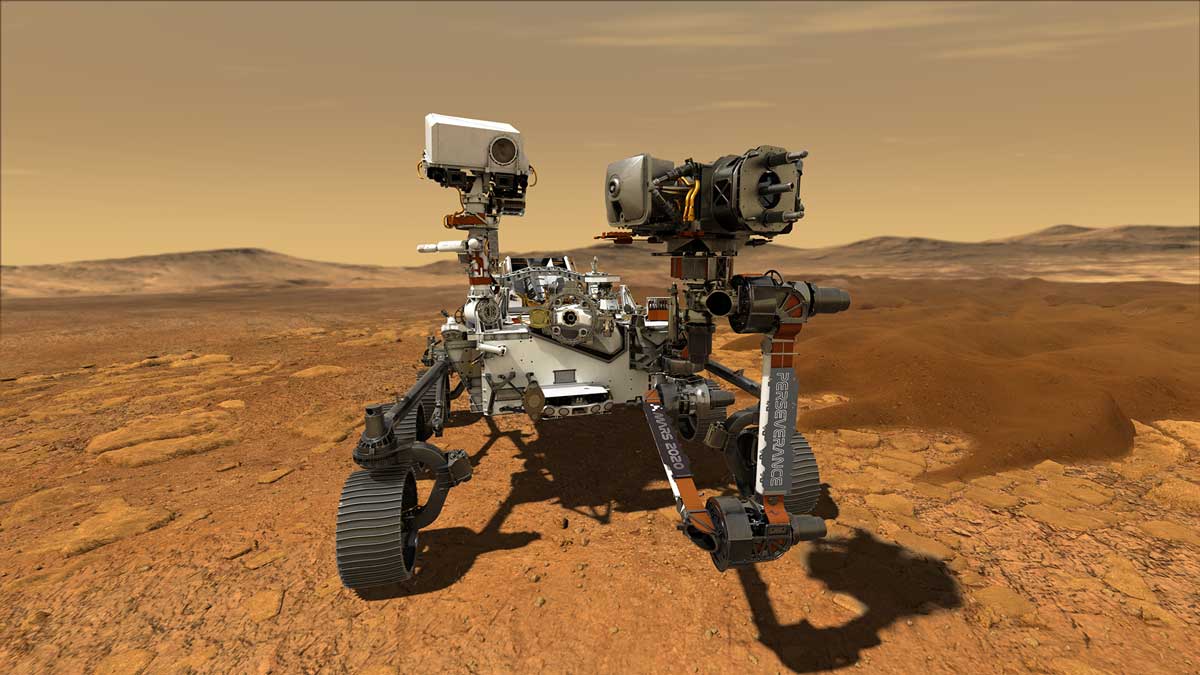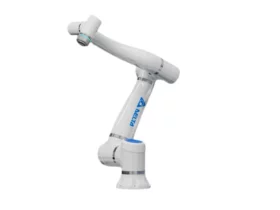Perseverance he finally got it his first sample of Martian rock, for real this time. After a disappointing first attempt in early August, when the champion had vanished into thin air, the NASA confirmed yesterday that Perseverance has successfully collected and stored its first rock sample from Mars.
Perseverance has collected the first rock sample on Mars
He rover Perseverance has the purpose of taking rock samples from the surface of Mars to then bring them to Earth and be able to analyze them. In August he had successfully made a hole in the rocks, but the specimen had magically disappeared into thin air. Monday the NASA confirmed that Perseverance successfully collected and stored the first sample of Martian rock while exploring Artuby. The 900-meter ridge is located near an area believed to contain the deepest and oldest layers of exposed rock of the Jezero Crater.
The process of obtaining the rock sample, which is a little thicker than a pencil, began last Wednesday. Perseverance used the rotary hammer drill at the end of its robotic arm to excavate a flat Martian rock, which NASA has dubbed “Rochette”.
The photo of the test tube where the rock sample was inserted. | Photo Credits: NASA / JPL-Caltech.
After the coring was finished, Perseverance clicked a photo of the content of his test tube number 266, still open, so that NASA could confirm that it had collected the rock. Mission controllers confirmed that yes, that was indeed a Martian rock and sent instructions to the rover to complete sample processing. This includes measuring and imaging the rock core, sealing the tube, taking another photo of the sealed tube, and finally, storing the tube.
This is a very important event
The scientist of the Perseverance project Ken Farley stated in a press release that they would get the first Martian rock sample it was a huge milestone. “When we bring these samples back to Earth, we may know a lot about some of the early chapters of the evolution of Mars,” Farley said. “But as geologically intriguing as the contents of tube 266 will be, they won’t tell the full story of this place. There is still a lot to explore of the Jezero crater and we will continue our journey in the months and years to come ”.
This is just the first of what NASA hopes are many Martian rock samples collected by Perseverance. The rover took to Mars more than 30 test tubes and he could fill up to eight during this first part of his mission. NASA is working with the European Space Agency on future missions to return the Perseverance samples to Earth for further study. These would be the first samples from another planet brought to ours.
Once the first stop of its mission is complete, Perseverance will head to the Jezero Crater Delta region, which includes the fan-shaped remnants of the spot where an ancient river met a lake within the crater. NASA believes it is possible that the region is rich in clay minerals. Based on what we know from the Earth, these minerals can preserve fossilized signs of microscopic life.














Leave a Reply
View Comments